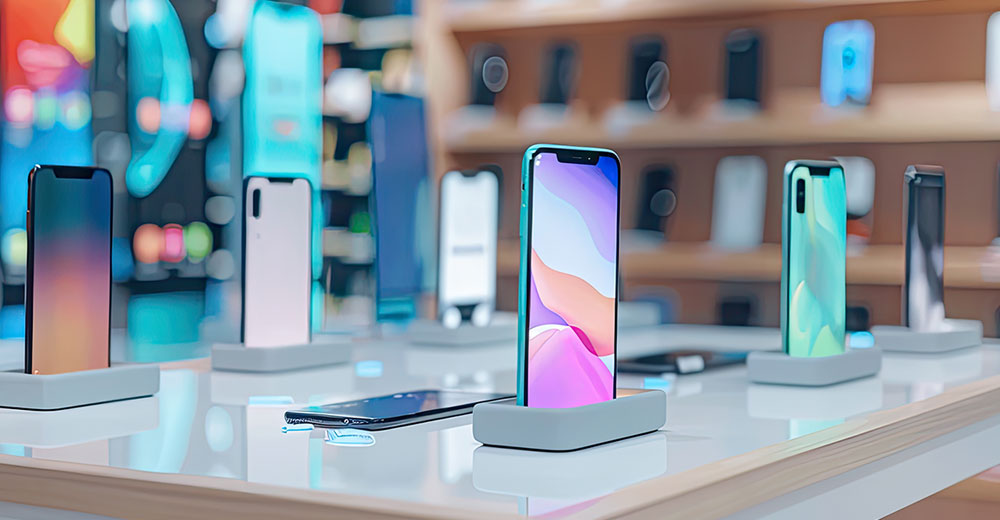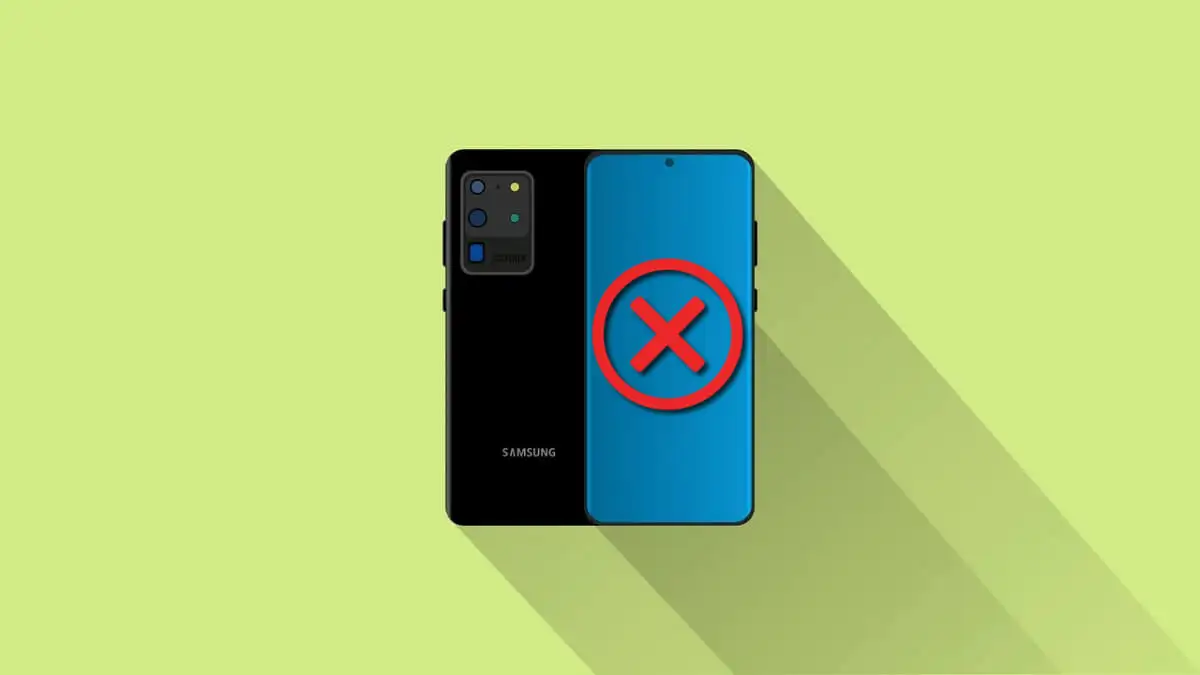If your Android device displays the “system UI isn’t responding” error before crashing, it’s often a temporary glitch that resolves itself. System apps, even crucial ones like the UI, can crash but usually restart automatically. However, if this issue keeps happening and doesn’t resolve, you’ll need to troubleshoot further to fix it.
Force Restart Your Device
A forced restart can fix many temporary system issues. Restarting clears your device’s active memory and often resolves UI problems.
To force restart:
- Press and hold the Power button until the power menu appears.
- Tap Restart or Power off, wait for the device to turn off, then press the Power button to restart it.
- If the system UI is frozen and the power menu doesn’t appear, keep holding the Power button until the device shuts down and restarts.
For devices with removable batteries, you can remove the battery, reinsert it, and restart the device.
Check for Android System Updates
Updates often include bug fixes that can resolve issues like UI errors. To check for updates:
- Open the Settings app.
- Tap System > System Update (or Software Update on Samsung devices).
- If an update is available, follow the prompts to download and install it.
- Restart your device after the update to complete the process.
Reset App Cache and Data
The system UI consists of various apps running in the background. Resetting the cache and data of problematic apps might resolve the issue. This will reset the app to its default settings.
To reset an app:
- Open Settings and tap Apps.
- Locate the problematic app and select it.
- Tap Storage, then choose Clear data and Clear cache.
- Confirm by tapping Delete if prompted.
After resetting the app, relaunch it and check if the system UI error persists.
Remove Recently Installed Apps
If you suspect a recently installed app is causing the problem, uninstall it:
- Open the app drawer and find the app.
- Tap and hold the app icon, then select Uninstall from the menu.
- Confirm by tapping Uninstall again, and restart your device to clear memory.
If the issue isn’t resolved, consider removing other recently installed apps.
Perform a Factory Reset
If none of the above steps work, a factory reset may be necessary. This will erase all your data, so back up your important information first.
To perform a factory reset:
- Open Settings.
- Tap System or General management, then select Reset or Reset options.
- Choose Factory data reset (or Erase all data).
- Enter your PIN or password if prompted, and confirm your choice.
The reset may take some time. Once complete, set up your device as if it’s new, and check if the UI issue persists. If problems continue, it could indicate a hardware issue, in which case you might need to contact the manufacturer for repair or a warranty claim.
Conclusion
If your Android system UI isn’t responding, try restarting your device or checking for updates. If the problem persists, clearing app data, uninstalling apps, or performing a factory reset should help resolve the issue. If all else fails, consider reaching out to the manufacturer for support.






